Report by Cities with Innovation Research Unit
Kyoto Research Park (Kyoto, Japan)
Scroll Down
The Nikken Group's “Cities with Innovation” Research Unit (a.k.a “Innove ken” in Japanese) has been trying to figure out the recipes (elements) of the space where innovation occurs (or is likely to occur) and their relationship from the standpoint of experts in architecture and urban development.
This is the fourth case analysis using our "Recipe for Innovation Space". Please find the following NOTE for an explanation of the recipe. This is our first case that focuses on a Japanese example.
(We aplogogize that the article below is provided only in Japanese for now.)
https://note.com/nikken/n/nc2cb97262e00
TAG
About Kyoto Research Park (KRP)
Osaka Gas provided the land as a contribution in kind and Kyoto Research Park Co., a subsidiary of Osaka Gas, was initially responsible for the redevelopment of the site. Currently, due to the reorganization of its parent company, Kyoto Research Park Co. is responsible for planning and management of KRP, by leasing the site and properties from its owner, Osaka Gas Urban Development, and subleases the properties to the tenants.
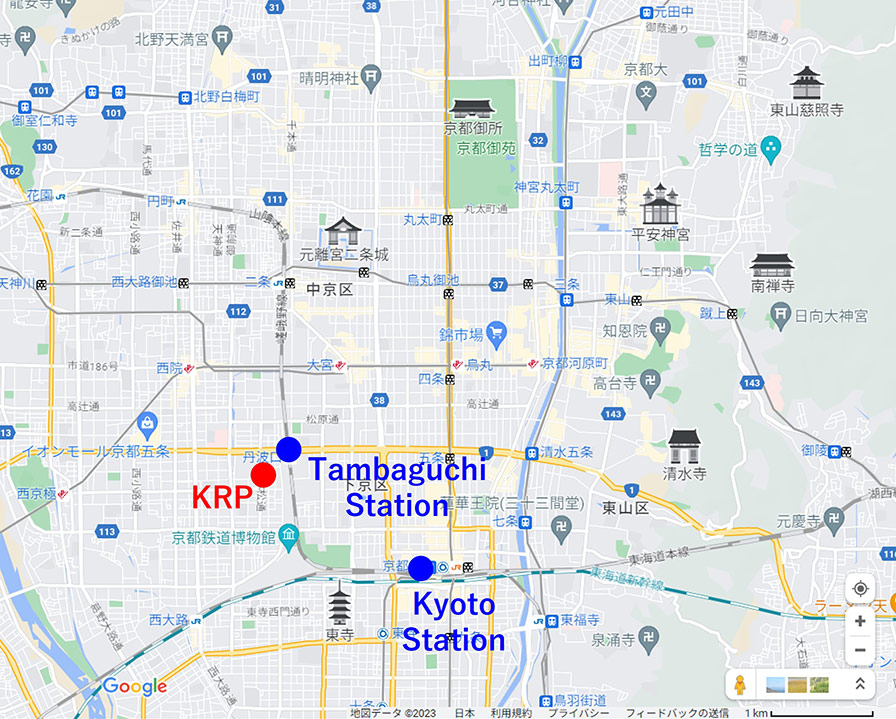 Figure 1 Location of KRP
Figure 1 Location of KRP
Source: prepared based on Google Map
On the other hand, about thirty years ago, the site was not recognized as prime location for office use. Since the research park business is a rental office business, some kind of magnet was required to attract the tenants to compensate for the disadvantageous location as an office property. As a result of negotiations with the local government, three public institutions were selected to move into KRP. These three institutions were the Advanced Scientific Technology & Management Research Institute of Kyoto (ASTEM, now a public foundation), the Kyoto Municipal Industrial Research Institute, a public testing and research institute owned by Kyoto City, and the Kyoto Prefectural Small and Medium Enterprise Research Center (now the Kyoto Prefectural Small and Medium Enterprise Technology Center and Kyoto Industrial 21 Foundation). With the establishment of these institutions, public- private partnership has been achieved.
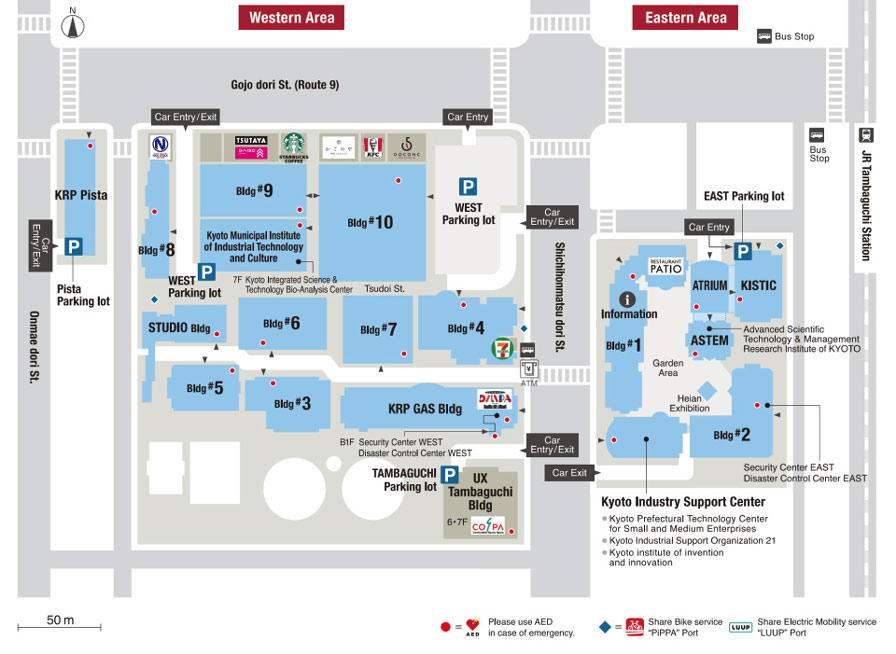 Figure 2: Map of KRP
Figure 2: Map of KRP
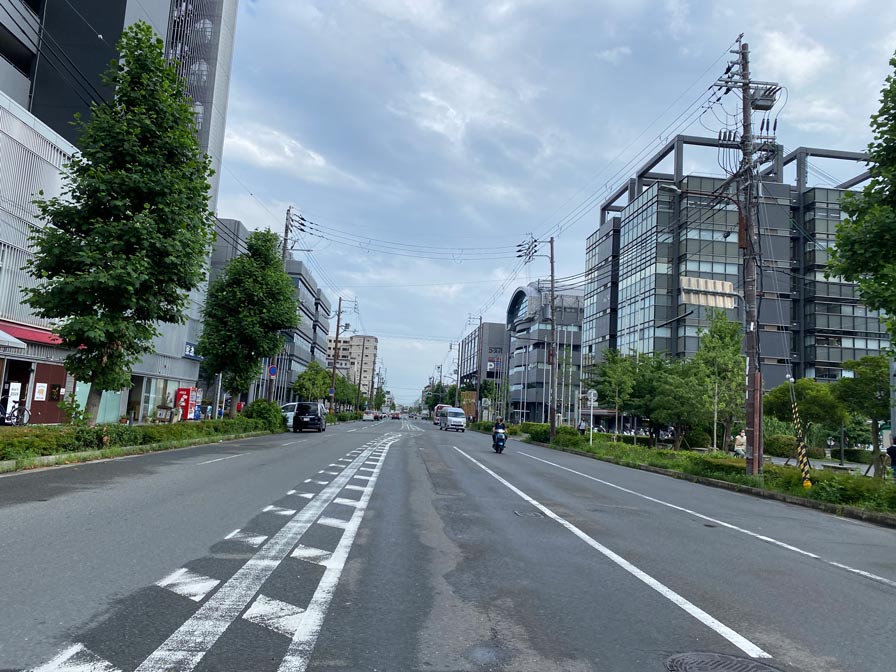 Photo 1: KRP and the surrounding neighborhood
Photo 1: KRP and the surrounding neighborhood
Points to Focus on KRP
We looked into High Tech Campus Eindhoven (HTCE) in the Netherlands as the first case study analysis using our recipe and we have found the similarity between HTCE and KRP. The fact that a similar initiative is underway in Japan suggests for other Japanese cities that innovation districts significantly contribute to urban redevelopment. Both HTCE and KRP are very good examples that indicate that the physical place of a research park alone is not sufficient enough to boost innovation, but that management and programs to support an innovation ecosystem are indispensable to it.
This research and analysis is conducted based on the interviews with alumni who have been involved in the development and operation of KRP for more than 20 years from the planning stage, as well as with the people in charge of KRP's Innovation Design Department, in addition to the publicly available materials.
Recipe for KRP's Innovation Space
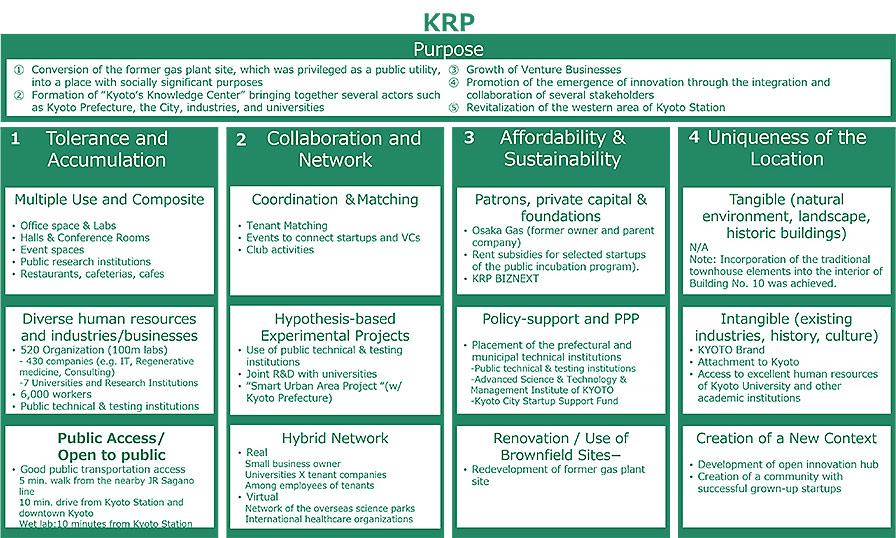 Figure 3: Recipe for Innovation Space: KRP
Figure 3: Recipe for Innovation Space: KRP
Purpose
Looking at the memoirs of those involved in the early stage of KRP, it is obvious that they did not know what an urban research park would be like and struggled to figure out what it should be, and with the cooperation of Kyoto-based companies with a venture spirit in mind, one theme was selected: to foster venture companies through Industry-Government-Academia collaboration.
Today, KRP is also keen on creating an innovation ecosystem by nurturing startups, and the phrase "KRP, where innovation is born" can be seen at the top of its website to market itself.
From the perspective of urban revitalization, KRP is also a driving force in urban redevelopment in the western area of Kyoto Station. Recently, KRP has been engaging in a place making effort in collaboration with the local groups and organizations, based on the concept of "manufacturing, art and design, and food" with the aim of "turning the Umekoji area into a creative town". In the area, unique facilities such as the Kyoto Makers Garage, a renovated warehouse of the former market building, and the KAGAN HOTEL, an artist residency hotel in a renovated building are also created.
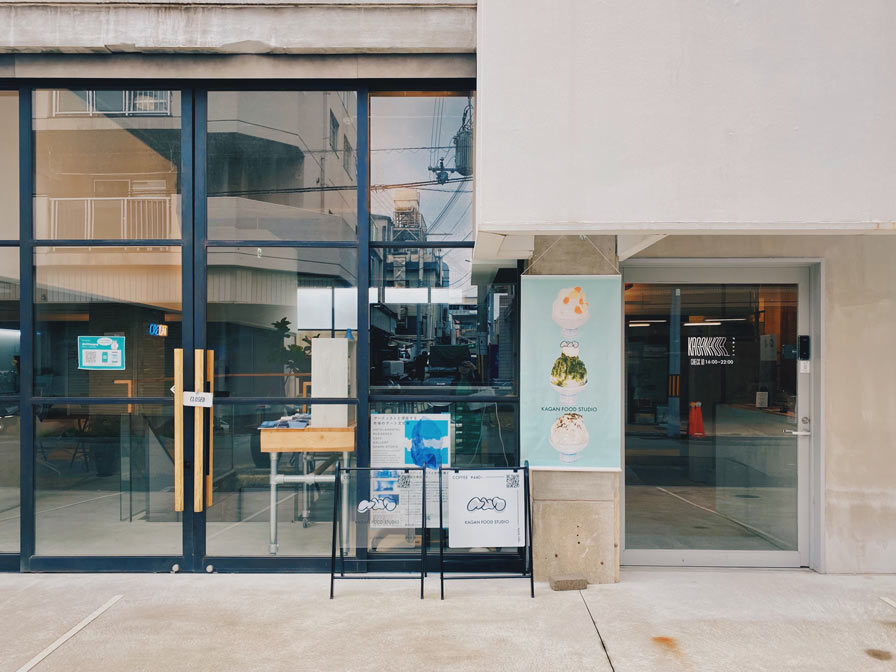 Photo 2: Entrance to renovated KAGAN HOTEL
Photo 2: Entrance to renovated KAGAN HOTEL
Element 1
Tolerance and Accumulation
Multiple Uses and Composite
Although KRP being not an ideal location for the first-class office space, the property value has been steadily increasing and now boasts a high occupancy rate through the phased development of high-quality office space that met the changing necessities of the times. Despite the fact that it is not a first-class office location, it has been able to earn rents that are much higher than those in the surrounding area and the rent standard is similar to other office areas in the central part of Kyoto.
KRP also has a large hall and conference rooms to accommodate the events and activities through the collaboration among the diverse tenant base, including Kyoto University and other universities and startups clustered in Kyoto. It also has a small, intimate space called "Tamariba" where events can be planned and brought in by the players who are not KRP tenants.
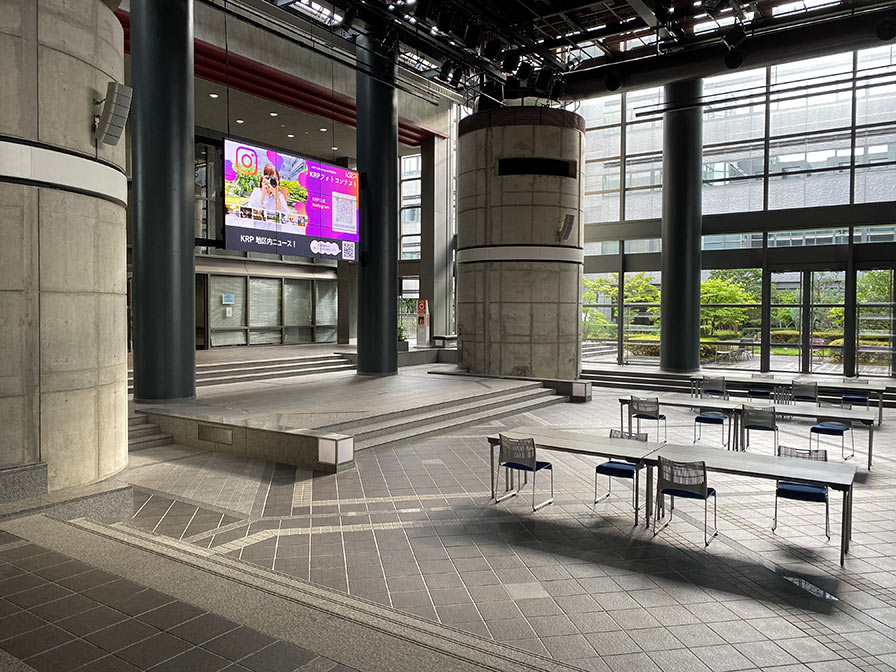 Photo 3: Large atrium space with bright atmosphere
Photo 3: Large atrium space with bright atmosphere
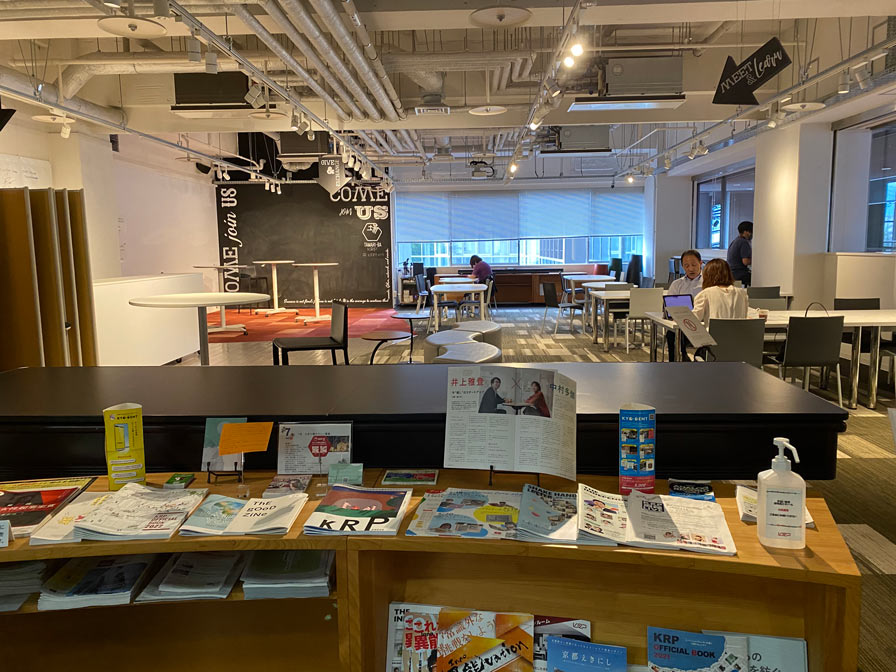 Photo 4: "Tamariba," an event space that can be used by anyone for free of charge. When there are no events, it is also used as a co-working space.
Photo 4: "Tamariba," an event space that can be used by anyone for free of charge. When there are no events, it is also used as a co-working space.
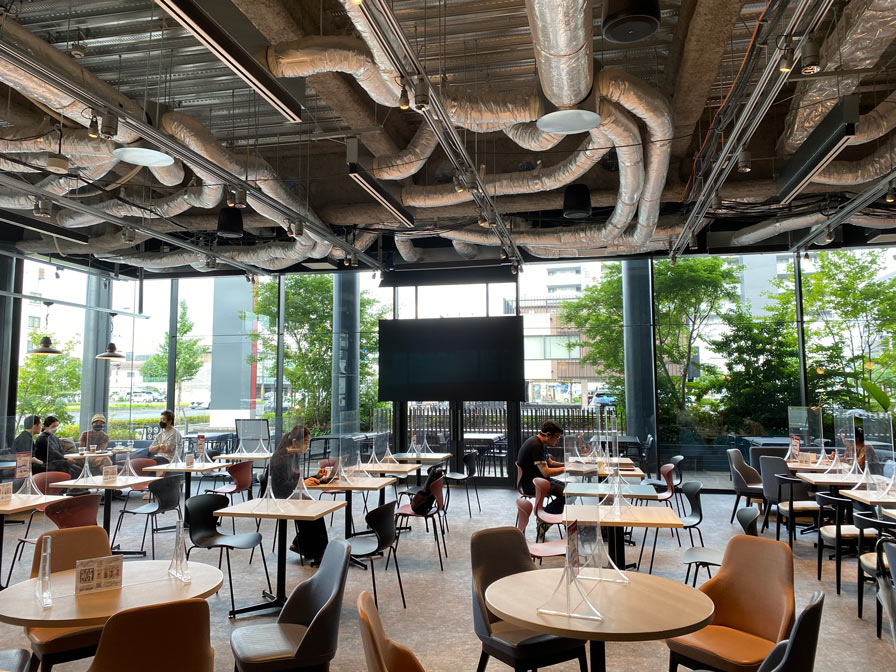 Photo 5: The restaurant in GOCONC is fully equipped with monitors and other facilities that can be used for events.
Photo 5: The restaurant in GOCONC is fully equipped with monitors and other facilities that can be used for events.
Diversity in people and industries/businesses
In the early 2000s, many IT-related companies moved into KRP because it was equipped with high-speed Internet access and a data center, which was rare in Kyoto City at that time.
Today, IT-related companies are still the major tenants, but a variety of other industries are also located here, and recently a concentration of biotech and healthcare companies has been recognized.
Those in charge of programming of the creation of innovation ecosystem within KRP are also engaged in community building activities, working with the outside experts from Kyoto University and other institutions. As a result, the biotech sector is also thriving, given Kyoto's culture of traditional fermented food industries such as Sake and koji (malted rice).
As for the places for startups within KRP, which have been regarded as a driver of innovation, due to relatively high rents, few startups in the seed stage are found in KRP, but the importance of startup support is recognized by the organization, and various support activities and initiatives are being implemented, to be discussed later in this article. KRP has a parking lot that can accommodate approximately 820 cars, which is rare in Kyoto City, and a certain percentage of tenants are not necessarily related to innovation or the startup ecosystem, but are attracted to KRP because of the parking, data center, and other facilities. The fact that KRP is able to lease out the necessary space to the tenants at appropriate rents and they were not too selective about tenants, indicates its solidity as a private real estate business and its development effort with a belief in diversity.
Public Access
The research park itself is not enclosed by walls or fences, and some areas are open to the public as discussed above. Of course, individual office spaces have limited access for the sake of security. However, the facilities such as halls, atriums, and food and beverage facilities are located on the ground floor of the buildings, making it possible for people from outside to drop by and use. In particular, the recently completed Building No. 10 has a space facing to Gojo Street (“GOCONC”) with glass walls along the major public thoroughfare that allows passers-by to see events taking place there, making it a space that is open to the community.
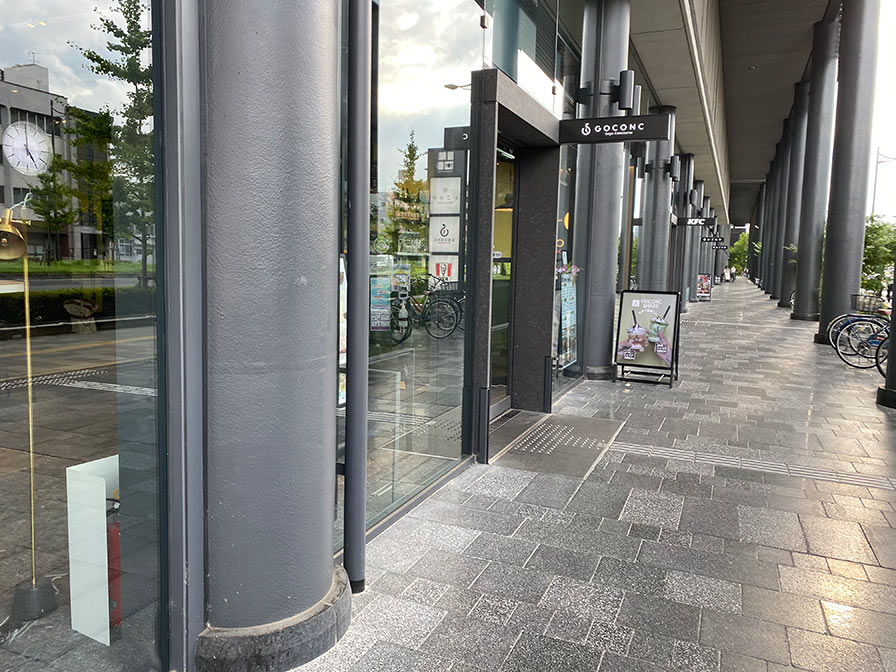 Photo 6: Corridor space at GOCONC. There are several restaurants along the corridor, which are open to the general public.
Photo 6: Corridor space at GOCONC. There are several restaurants along the corridor, which are open to the general public.
Element 2 Collaboration and Network Coordination and Matching
One of the initiatives is business matching between tenants, in which KRP respects the initiative of tenants and brings together tenants with potential for collaboration, while receiving technical advice from university professors and others. KRP staff respects and finds the tenants' willingness to collaborate through daily conversations with them, and this is a steady effort. Second is the formation of a community for start-up businesses. Although this is not programmed, there is an office building that houses successful companies that have started and expanded their businesses at KRP, and one feature of the park is that there are senior members of the KRP community. Some of these successful companies have themselves become venture capitalists, and it took 30 years for the innovation ecosystem to be completed within KRP.
Third, they organize many events that connect startups with VCs, other investors, established companies, and experts. The number of events is as many as about 170 per year.
Rent in the regular areas of KRP is not low, so there are not many startups who can afford the high rent of KRP. However, there is an incubation area within KRP where startups can move in, and rent is set to be low in consideration of the startups' financial situation.
In addition, KRP has an alliance with the Kyoto City’s Small and Medium Enterprise Support Organization, and Kyoto City and KRP have a system where rent is covered or reduced for startups that have completed the Kyoto City’s incubation program successfully and have passed the city’s selection process. In addition, in an attempt to create a startup ecosystem within KRP, KRP serves as a point of contact between startups and VCs by holding pitch contests and other events to introduce Kyoto-based startups to VCs based in Japan and other countries. For example, KRP holds an annual pitch event called Healthcare Venture Conference Kyoto, taking advantage of the concentration of healthcare companies, and invites participants openly. The event is open to the public and attracts startups not only from Japan but also from overseas, and to date, a cumulative total of 30 billion yen has been invested in its participants. Since the pitch contest is highly specialized, KRP asks for the assistance of the university professors and other experts in Kyoto, where many academic institutions are concentrated.
Finally, as a unique activity, KRP also provides support for club activities to encourage interaction among tenants. A place is provided for recreational activities, not directly related to actual business, such as a vegetable garden club and a chess club, and subsidies are provided by KRP to cover the costs of such activities. Many people, especially those in life science industries, are active in these club activities.
Hypothesis-based Experimental Projects
Hybrid Network
Elements 3 Affordability and Sustainability
Patrons, private capital and foundations
Policy-support and Public Private Partnership (PPP)
Renovation / Use of Brownfield Sites
Element 4: Uniqueness of the Location
Tangible (natural environment, landscape, historic buildings)
However, within the recently completed Building No. 10, Kyoto-like features are incorporated into the design. For instance, the entrance hall on the first floor of Building No. 10 has an east-west passageway that replicate the "street garden" of a typical Kyoto machiya (townhouse), with a light garden in the central area that is flooded with light from the above opening. The space of a modern office building reflects the spatial composition of a machiya. In addition, the cast aluminum decorative panels in the entrance hall incorporates the traditional Japanese patterns of hemp leaves, grasses, and flowers to express the river flowing through Kyoto and the changing seasons. Other traditional materials such as clay walls and Japanese paper are used for the decoration of the walls and signs, adding a touch of the characters of a built environment of Kyoto to a contemporary office space that would otherwise could be mundane.
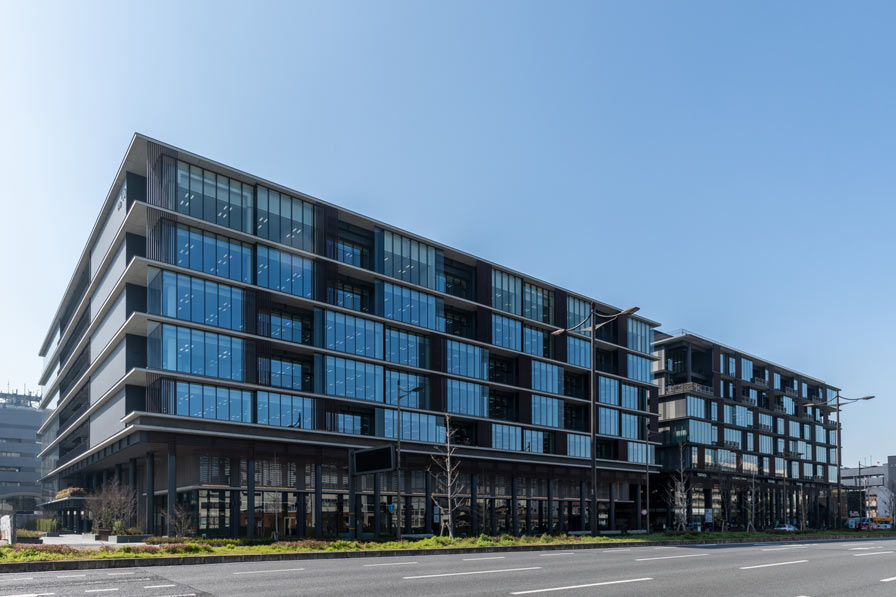 Photo 7: KRP's Building No. 10
Photo 7: KRP's Building No. 10
Source KRP
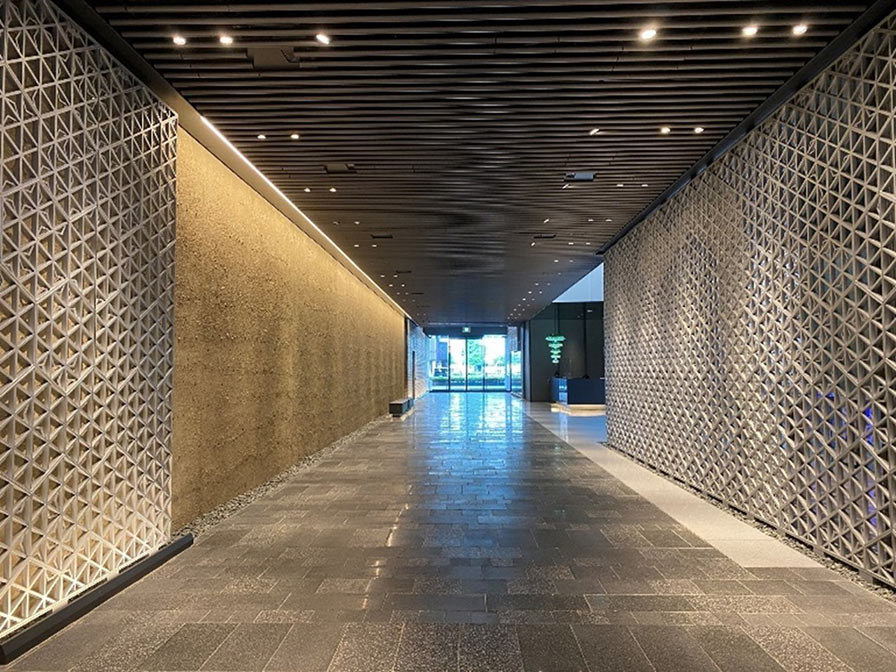 Photo 8: The entrance hall of Building No. 10, which recreates a street garden of a traditional Kyoto’s machiya townhouse.
Photo 8: The entrance hall of Building No. 10, which recreates a street garden of a traditional Kyoto’s machiya townhouse.
Intangible (existing industries, history, culture)
Another important intangible asset is the easy access to the talents of Kyoto, where Kyoto University and other academic institutions are concentrated. Securing excellent human resources is an eternal theme for corporate growth. With thirty-six universities in Kyoto City, one advantage of KRP is the access to the excellent human resources. Recently, companies have begun to emphasize the importance of a location and environment that makes it easy to recruit talented people, and Tokyo-based IT companies such as LINE, Sansan, and CyberAgent have located their offices in Kyoto. Having the promising companies at KRP is also expected to contribute to the enhancement of local employment opportunities for the university graduates in Kyoto, as they do not have to go to Tokyo for job opportunities.
Creation of a New Context
Significance of KRP as an Innovation Hub: Developing an Innovation Hub within the Framework of the Private Real Estate Leasing Business
KRP is a privately owned research park, which is a rare even in the global scale, and the core of KRP's business is the real estate leasing, in which office space is leased to tenants with decent rents. Usually, a return on investment is required, and one of the key indicators is how much floor space can be leased at a higher price to maximize the company’s profit. While ensuring profits from the real estate business is clearly recognized within KRP, the work of creating innovation communities is continuously carried out by a dedicated department called the Innovation Design Department, which could be usually regarded as cost-center. It is very interesting to note that this is being implemented as value-added creation, which is essential for the success of the real estate business and adding some premium.
This is similar to the organization of HTCE, where the significance lies within the combination of development of the physical spaces and innovation support activities to genuinely generate innovation, and both HTCE and KRP seem to have understood this point and implemented it.
The fact that the KRP is successful in leasing the office and lab space with the rents similar to those in the central business district, despite the site was not recognized as a first-class business district, itself indicates that the KRP as an innovation hub, which is not a mere office development or publicly owned research institutions, can contribute to the development of the local economy and to improve the quality of a working environment in the long run.
We have come to understand that the success of such a vision-driven project was made possible by the appropriate project design, the humble but hard-working of the staff who were initially in charge, which was well described by the phrase such as "numerous visits to the companies along the commuter rail line in the planning stage to market the new idea of having a innovation hub within the city," and the importance of management team as a guardian angel of the entire project, who oversaw and understood the necessity of the project from a long-term perspective.
Main References
Documents provided by KRP, 「京都の新産業創出拠点 京都リサーチパーク (“Kyoto Research Park: Hub of the Creation of New Industries in Kyoto”) 」 (in Japanese) (Received in July, 2021)
KRP Official Book 2022,
https://www.krp.co.jp/news/img/official_book_low.pdf
KRP website (2014), 「新たなイノベーションを創出し続ける京都“ (“Kyoto, the town on continuous innovation)」, (in Japanese)(2014),
https://www.krp.co.jp/assets/img/outline/index/krp25thtalk.pdf
Osaka Gas Urban Development Press Release(2021), 「京都市内 10 年ぶりの大規模賃貸オフィスビル「KRP10 号館」竣工 (“KRP No.10 Bldg., the first large scale rental office building in the past ten years”)」, (in Japanese),
https://www.krp.co.jp/news/img/210315%20KRP10%E5%8F%B7%E9%A4%A8%E7%AB%A3%E5%B7%A5.pdf
Kyoto Makers Garage website,
https://kyotomakersgarage.com/about/
The right of the photo of the main title of this artcicle belongs to Sinwa. All the other photos and figures without credits were all either taken or created by the “Cities with Innovation Research Unit (Innove Ken at Nikken Sekkei) based on the site visit and interviews with the KRP representatives in July 2022. We appreciate all the people at KRP who were kindly shared their experience and knowledge with us.
Members of the “Innove Ken”
Senior Consultant, Nikken Sekkei Research Institute
She specializes in historic preservation and the revitalization of parks through public-private partnerships. She like old things, but is also a fan of new things like innovation, and she is interested in how these cutting-edge innovations will be realized and presented in cities.
Takayuki ISHIKAWA
Executive Officer at Nikken Sekkei
Principal, New Business Development Group
He specializes in urban planning. Through the experiences in large-scale redevelopment projects and overseas project to develop infrastructure systems, he is interested in the "innovation" space and mechanism in which people and technologies are connected in various regions and organizations, creating new spaces and styles.
Takeshi NAKAWAKE
Former Vice President of Nikken Sekkei
He resigned after working for more than 40 years in the Nikken Group. Thirty years ago, he participated in the project to revitalizing the former sites of manufacturing plants about thirty years ago. This has led him to become interested in the theme of "innovation", and he still keeps his interest in the "evolutionary cluster structure" taught by the expertise in the field.
Yurie KIBI
She joined Nikken in 2017. While conducting research on co-creation and innovation, she is engaged in the support by connecting people, places, and knowledge inside and outside the company. She has published the book titled "The Purpose Model, a tool for visualizing co-creation" in 2022 based on her research.